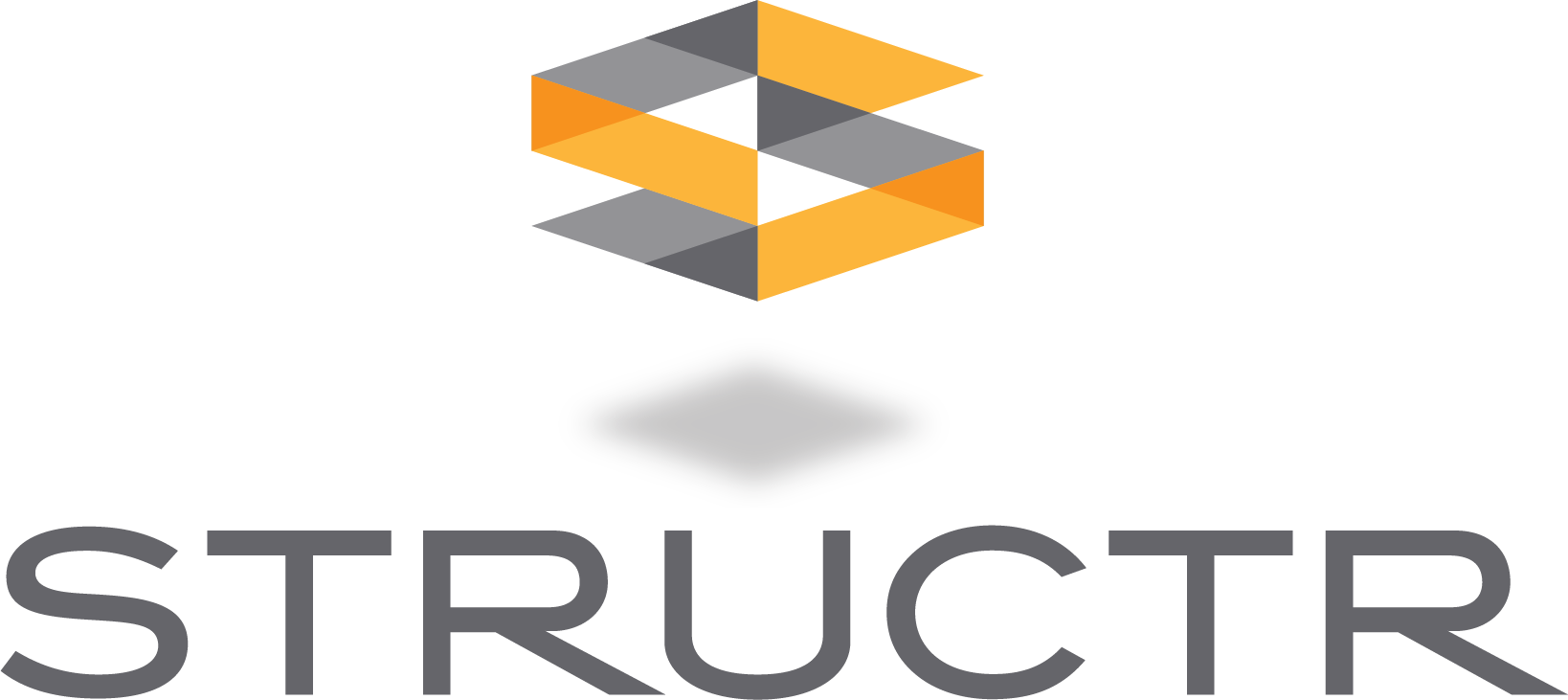

Feb 25, 2022
Development and construction can be risky businesses, although manageable with the proper delivery method. Familiarity with the options you have can prove to be invaluable for your next project, as the option selected can make or break your project. This key decision will drive your entire approach to assembling your team of experts to plan, design and execute the work, and determine how the risk is either managed or shared in the process. Three of the most utilized delivery methods are, Design-Bid-Build, Design-Build and CM at Risk.
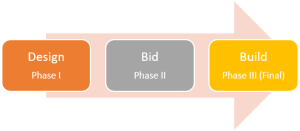
Of all the delivery methods, Design-Bid-Build is probably the most prevalent method used and most commonly for public procurements. In this method, you would first hire a design team. Usually, a civil engineer and architect are the first two selected, and other design disciplines would follow. A question at this point would be, does the architect have in-house structural, mechanical, and electrical design or would they be working with other firms? We have seen this handled both ways and had experience where the owner decides to hire those disciplines directly. If you are risk averse, we would recommend you have the architect include those disciplines as part of their scope for coordination and risk factors. To select an architect and civil engineer we would suggest you get proposals from a few, since they will be delivering a lump sum proposal to design the project. Your designer(s) in this method is selected based on the lowest price.
The next step in this scenario is to start your design journey and work with your new design partners to discuss program, planning and the design for your project. The design period will vary based on the project size and complexity and could range from months to years. The output from this design phase is you will receive 100% construction documents, often referred to as CD’s. The CD’s are the plans and specifications to fully build your project. With these in hand you would be prepared to enter the 2nd phase of this method, the bid phase.
The bid phase is where you will start your process to hire a contractor. Leading up to this it would have been beneficial to determine a list of contractors in the area you deem qualified or will qualify to bid the work. If the project is in a new area, we advise you to seek council, make calls, and have discussions to find out which firms in the area might be the right fit. With your list of firms created, you would now send an invitation to bid and issue the plans and specifications for pricing.
In this delivery method you are requesting the contractors to provide you with a lump sum price to build your project, and the price based on the plans and specs you have provided. In its simplest definition, the contractor will be responsible only for what is defined by these documents. In this bid scenario you are selecting the contractor with the lowest price to perform the work.
With your contractor selected you will now enter Phase III and begin the build of your project for a fixed price and schedule. The fixed price schedule could be a direct correlation of the communication between the owner and designer(s) during the design. Any required design changes and missed information could result in Contractor Change Order Requests for additional costs and time.
Some additional factors for this approach are shown here:
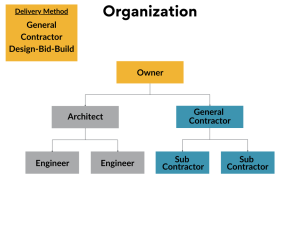



The design build delivery method is a construction process where the contractor is responsible for the design and the construction of the project. This delivery method is utilized on projects of all sizes, complexities and you will commonly see a construction manager who has teamed up with a separate design firm. In some less frequent cases, you might hire a firm with both construction management and design capabilities under one roof.
Some of the points from Design-Bid-Build method are still relevant here, as we would still recommend:
In this method the contractor (design-builder) will have a seat at the table from the beginning stages of the project. Using their expertise, they control the design to meet the desired program, budget, and schedule. When budget challenges arise, their mission is to provide more cost-effective solutions. When product lead-times would not allow the project to stay on schedule, they can provide options that will. They are also budgeting the project at various stages. This method should provide better cost and schedule certainty.
Some additional factors for this approach are shown here:
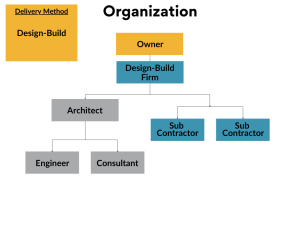


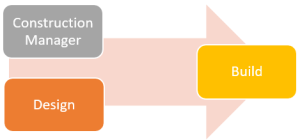
The CM at Risk delivery method is a balance of the other two methods and commonly utilized on more complex projects. With this approach, you as the owner would enter into separate agreements with a construction manager and a design firm(s). Where this differs from the Design-Bid-Build method is both entities will be on-board in the very early stages, ideally, before any design starts. In this scenario you are forming a team to work in a dynamic and collaborative process, and to have your best interest in mind. The collective mission of the team is to design and construct your vision at a reasonable budget, by maintaining the awareness of cost, schedule, and constructability throughout the life of the project.
In this approach typically, your construction manager and your design firm would each be contracted at a fixed fee percentage and an actual fee would be calculated based on the project construction cost. There are other items that may be established up front and included in the c
ontracts. Some of these include general conditions, site logistics, and labor rates. With this type of delivery method, we have typically seen a Guaranteed Maximum Price (GMP) used to establish a baseline of construction cost. This cost model is derived based on the construction manager’s expertise with pricing early design documents and they should fill in any gaps for the program that has been established and communicated. Depending on the stage of design when the GMP is compiled, there should be contingency carried in the form of a percentage(s). You may see, and we recommend, line items for owner, designer, and contractor contingency. The percentages for these contingencies will vary based on the level of design and risk tolerances. We recommend the team have a conversation to revisit these contingency lines at each phase of design. Topics to consider should include the knowns, unknowns, and what didn’t get incorporated into the design set.
Some additional factors for this approach are shown here:
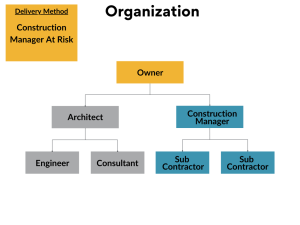


In summary, delivery methods are a big driver for how your project performs and each of these methods has a place in our industry. These are not a one size fits all solution, as you all have a different lens you are analyzing your project with. Some of the considerations can include risk tolerance, proforma, market segment, location, timetable, length of hold, and so on. You should weigh all these factors in your determination.
As an absolute minimum takeaway, we recommend if you are unsure of which method is best for you, seek assistance early from an impartial entity.